By William R. Ryan, MD, University of California-San Francisco
Preoperative imaging for high-risk cutaneous squamous cell carcinoma (HRcSCC) of the head and neck lacks robust diagnosis-specific data regarding utility and lacks established guidelines regarding indications. Ultimately, physicians can exercise their own preferences for imaging of patients with HRcSCC in order to evaluate 1) the extent of local invasion, 2) the possibility of regional metastases to the parotid and/or neck, and 3) the presence of distant metastases. The following text outlines the definition of HRcSCC and some possible strategies for the choice of preoperative imaging for patients with HRcSCC of the head and neck.
“High-risk” features of cSCC are defined as those that are associated with increased risk of recurrence, increase risk of regional and/or distant metastasis, and/or increased risk disease-specific death. High risk features of head and neck cSCC include the following:
Head and Neck Cutaneous Squamous Cell Carcinoma High-Risk Features1-4
Clinical:
- Face, Ear, Lip subsites
- H-Zone (mid-face at the sites of the embryologic fusion plates)
- 2 cm+ (AJCC T2)
- Recurrence
- Immunosuppression:
- Especially solid organ transplant, with increased risk with time since transplant
- Also, especially chronic lymphocytic leukemia
Histopathology:
- Perineural Invasion >0.1mm
- Lymphovascular Invasion
- >2mm Depth of Invasion
- Invasion Beyond Fat
- Bone Invasion
- Subtype:
- Poorly Differentiated
- Acantholytic
- Adenosquamous
- Desmoplastic
- Basosquamous
- Spindle Cell
All of these factors, usually when multiple factors are present, increase the likelihood of recurrence. Brigham and Womens’ stage T2b (defined as 2-3 of the following risk factors: tumor diameter ≥ 2 cm, poorly differentiated histology, depth of tumor invasion beyond fat, and/or perineural invasion ≥ 0.1 mm) has been shown to have a 21-30% risk of regional micrometastases, thereby indicating a significant risk for occult metastasis.5 Imaging can be considered when any of these features are found during a physical exam and/or incisional or excisional biopsies, especially if there are 2 or more of these features present. If there is a palpable regional lymph node on physical exam, imaging should be performed with the plan for a fine needle aspiration biopsy to determine the presence of regional metastatic disease.
In HRcSCC patients, imaging has been shown, at least by one study6, to change management in one-third of patients and may even improve outcomes. The HRcSCC patients who underwent imaging in this retrospective study had a significantly better 5-year disease-free survival rate compared to patients who did not (78% vs. 51%). Thus, earlier identification and appropriate treatment intervention may improve oncologic outcomes for HRcSCC.
The specific choices of imaging modality depends on the clinical picture. For the assessment of extent of local invasion, computed tomography (CT) head/neck with contrast can be performed when bone invasion is suspected while magnetic resonance imaging (MRI) head and neck with gadolinium can be performed when deep soft tissue and/or nerve invasion are suspected. Although CT and MRI also provide fairly accurate and equivalent assessments of lymph node metastases, ultrasound and PET/CT have been shown to have a slightly superior accuracy for this function.7 Positron emission tomography (PET)/CT provides additional information about the presence or absence of distant metastases. However, insurance approvals for PET/CT in this setting can be challenging.
For lymph node metastasis assessment, the majority of studies that evaluate the utility and accuracy of head and neck imaging are in patients with mucosal SCC, not cutaneous SCC. Cutaneous SCC are anatomically different with less predictable lymphatic spread patterns than mucosal SCC. However, one can extrapolate the imaging characteristics of suspicious lymph nodes from head and neck mucosal SCC to cSCC of the head and neck.8 A review of 17 studies that each compared imaging assessments of neck lymph nodes to histopathologic findings in patients with head and neck aerodigestive SCC found that CT, MRI, and US all had fairly similar sensitivities, ranging from 80-87%, with US having the highest sensitivity.7 In cases of sub-centimeter sized lymph nodes, the following characteristics are associated with metastatic lymph nodes: irregular or intense enhancement, surrounding fat stranding, adherent or fused lymph nodes, asymmetry, and especially central necrosis.9-10
The following is an outline of the advantages and disadvantages of each imaging modality in the evaluation of HRcSCC:
Ultrasound (US)
US has the following advantages: 1) a more sensitive lymph node assessment compared to other modalities; 2) the least expensive modality; 3) poses no risks to the patient; 4) can be performed by the clinician in real time, which provides immediate dynamic information that can be discussed during a clinic visit. US has the following disadvantages in having: 1) limited assessment of depth of invasion or invasion alone nerves; 2) no information of tissue in or deep to bone; and 3) no information about distant metastases.
Computed tomography (CT) head and/or neck
CT has the following advantages: 1) the most superior assessment for cortical bone invasion whether it be calvarium, temporal, mandible, maxilla, or spine boney structure; 2) a more rapid capture time than MRI; and 3) less expensive than MRI. Disadvantages include: 1) poorer soft tissue delineation as compared to MRI; 2) radiation to the patient; and 3) iodinated contrast risks including allergic reaction and kidney damage.
Magnetic resonance imaging (MRI) head and neck
MRI has the following advantages: 1) superior evaluation of soft tissue, nerves, particularly for the parotid gland and facial nerve; 2) superior evaluation of the skullbase and brain; 3) a superior evaluation of bone marrow invasion; and 4) no irradiation risks. Disadvantages include: 1) time of imaging capture; 2) expense; and 3) risk of claustrophobia and migration of metallic materials/retained foreign bodies.
Positron Emission Tomography/Computed Tomography (PET/CT)
PET/CT has the following advantages: 1) concurrent evaluation for lymph node and/or distant metastases; 2) for chronic lymphocytic leukemia, a PET/CT can help for the differentiation from lymphoma. Disadvantages include: 1) increased dose of radiation compared to other modalities; 2) expense; and 3) increased risk of incidental and/or artifactual findings.
There is certainly some overlap in the capabilities of these modalities. Also, a combination of these modalities can be performed; however, attention to cost and time impact on the patient can be contributing factors for these decisions.
The author regularly performs ultrasound in the office setting, which often enables an immediate assessment of lymph nodes at the time of initial diagnosis and workup. This assessment helps determine the need for same-day fine needle aspiration (FNA) of suspicious lymph nodes, helps inform the need for PET/CT if suspicious lymph nodes are present, and enhances discussions of stage and the extent of surgery with the patient in the same clinic encounter.
Conclusions
Imaging is important in the management of HRcSCC to evaluate the extent of local disease, to assess the presence of regional and/or distant metastases, and to guide management, such as the need for lymph node FNA, and planning the extent of surgery. There is flexibility of choice of imaging modality for HRcSCC. I have outlined some strategies for modality specific indications that are hopefully helpful.
References
- Fu T, Aasi SZ, Hollmig ST. Management of High-Risk Squamous Cell Carcinoma of the Skin. Curr Treat Options Oncol. 2016 Jul;17(7):34. doi: 10.1007/s11864-016-0408-2. PMID: 27262708.
- Combalia A, Carrera C. Squamous Cell Carcinoma: An Update on Diagnosis and Treatment. Dermatol Pract Concept. 2020 Jun 29;10(3):e2020066. doi: 10.5826/dpc.1003a66. PMID: 32642314; PMCID: PMC7319751.
- Que SKT, Zwald FO, Schmults CD. Cutaneous squamous cell carcinoma: Management of advanced and high-stage tumors. J Am Acad Dermatol. 2018 Feb;78(2):249-261. doi: 10.1016/j.jaad.2017.08.058. PMID: 29332705.
- Humphreys TR, Shah K, Wysong A, Lexa F, MacFarlane D. The role of imaging in the management of patients with nonmelanoma skin cancer: When is imaging necessary? J Am Acad Dermatol. 2017 Apr;76(4):591-607. doi: 10.1016/j.jaad.2015.10.009. Erratum in: J Am Acad Dermatol. 2017 Jun;76(6):1226. PMID: 28325389.
- Karia PS, Jambusaria-Pahlajani A, Harrington DP, Murphy GF, Qureshi AA, Schmults CD. Evaluation of American Joint Committee on Cancer, International Union Against Cancer, and Brigham and Women’s Hospital tumor staging for cutaneous squamous cell carcinoma. J Clin Oncol. 2014 Feb 1;32(4):327-34. doi: 10.1200/JCO.2012.48.5326. Epub 2013 Dec 23. PMID: 24366933; PMCID: PMC3897257.
- Ruiz ES, Karia PS, Morgan FC, Schmults CD. The positive impact of radiologic imaging on high-stage cutaneous squamous cell carcinoma management. J Am Acad Dermatol. 2017 Feb;76(2):217-225. doi: 10.1016/j.jaad.2016.08.051. Epub 2016 Oct 1. PMID: 27707594.
- de Bondt RB, Nelemans PJ, Hofman PA, Casselman JW, Kremer B, van Engelshoven JM, Beets-Tan RG. Detection of lymph node metastases in head and neck cancer: a meta-analysis comparing US, USgFNAC, CT and MR imaging. Eur J Radiol. 2007 Nov;64(2):266-72. doi: 10.1016/j.ejrad.2007.02.037. Epub 2007 Mar 27. PMID: 17391885.
- Yoon DY, Hwang HS, Chang SK, Rho YS, Ahn HY, Kim JH, Lee IJ. CT, MR, US,18F-FDG PET/CT, and their combined use for the assessment of cervical lymph node metastases in squamous cell carcinoma of the head and neck. Eur Radiol. 2009 Mar;19(3):634-42. doi: 10.1007/s00330-008-1192-6. Epub 2008 Oct 9. PMID: 18843493.
- Som PM, Curtin HD, Mancuso AA. Imaging-based nodal classification for evaluation of neck metastatic adenopathy. AJR Am J Roentgenol. 2000 Mar;174(3):837-44. doi: 10.2214/ajr.174.3.1740837. PMID: 10701636.
- Ruiz ES, Karia PS, Morgan FC, Schmults CD. The positive impact of radiologic imaging on high-stage cutaneous squamous cell carcinoma management. J Am Acad Dermatol. 2017 Feb;76(2):217-225. doi: 10.1016/j.jaad.2016.08.051. Epub 2016 Oct 1. PMID: 27707594.
- Navarrete-Dechent C, Veness MJ, Droppelmann N, Uribe P. High-risk cutaneous squamous cell carcinoma and the emerging role of sentinel lymph node biopsy: A literature review. J Am Acad Dermatol. 2015 Jul;73(1):127-37. doi: 10.1016/j.jaad.2015.03.039. PMID: 26089049.

